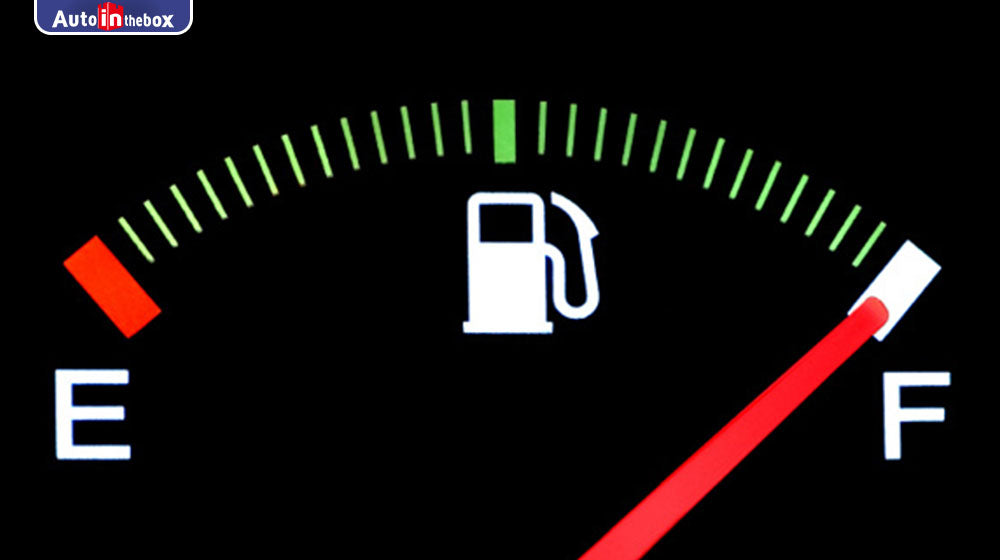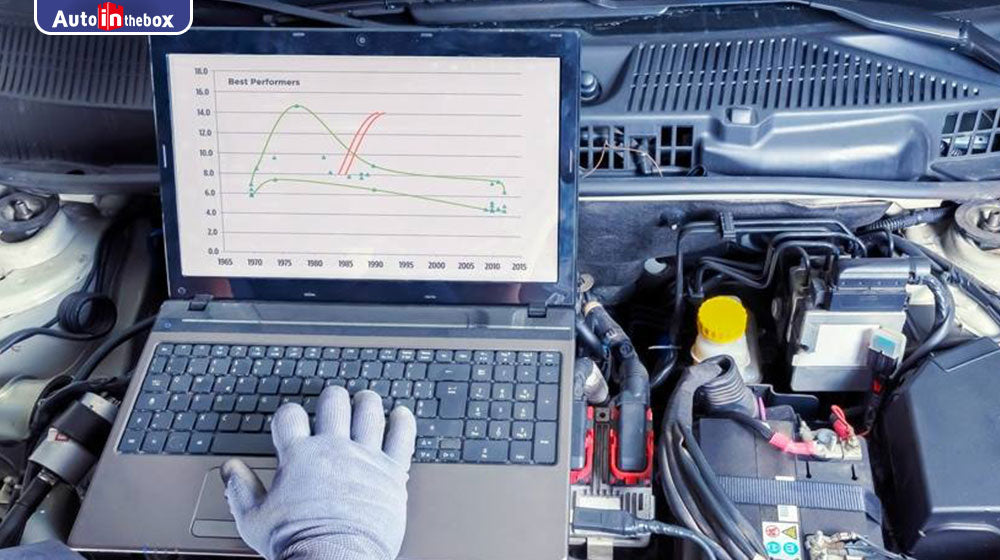
Car Fuel Gauges
A fuel gauge, also called gas gauge, is an instrument used to indicate the level of fuel contained in a tank i.e. measure the amount of fuel still in the vehicle. Typically, a car fuel gauge consists of two parts-a sensing or sending unit and an indicator. The sensing unit measures the amount of fuel actually left, and the indicator relays this information outside the fuel container. Coming with many different designs, your fuel gauge can be notoriously inaccurate, showing empty when there are gallons left in the tank and showing full for the first 50 miles.
Here we’ll provide you with a glimpse of the working principle of the fuel gauges, at the end of the article, you’ll learn why your fuel gauges behave the way they do.
We have pointed in the above passage, that a fuel gauge has two main components-a sensing or sending unit and an indicator. The sending unit is located in the fuel tank of the car. It usually uses a float (usually made of foam) connected to a potentiometer that runs to a small electrical circuit, typically printed ink design in a modern automobile. The float raises or lowers depending on the amount of gasoline in the fuel tank. As the float moves, the arm it is connected to moves a wiper that is connected to a resistor in that electrical circuit. This wiper is conducting the current from the gauge to the resistor. When the tank is full and the float is at the top, the resistor is moved to one side of the circuit and a large amount of current is able to pass through. As the tank empties and the float lowers, the wiper moves in the circuit, the resistance increases, and current reduces. Meanwhile, the indicator unit (usually mounted on the dashboard) is measuring and displaying the amount of electrical current flowing through the sending unit. When the tank level is high and maximum current is flowing, the needle points to "F" indicating a full tank. When the tank is empty and the least current is flowing, the needle points to "E" indicating an empty tank.
In the sending unit, the fuel has to drop below a certain level before the float starts to drop. This mechanism of the fuel gauge is one reason for the inaccuracy of fuel gauges. When your tank is full, the float is at its maximum raised position (it has a limited upward movement). The float is submerged, and it won't start to sink until the fuel level drops to almost the bottom of the float. The needle on the gauge moves along with the movement of the float. So your gauge tends to stay on full for quite a while after filling up. On the other hand, when the float is near the bottom of the tank, it does not reach the very bottom, so there is still fuel in the tank at the time of its sinking limits. This is why, on most cars, the needle goes below empty and eventually stops moving while there is still gas left in the tank. The shape of the fuel tanks could be another cause of inaccuracy. Fuel tanks on cars today are made from plastic, molded to fit into very tight spaces on the cars. This means that when the float reaches the halfway point on the tank, there may be more or less than half of the fuel left in the tank, depending on its shape.
Here we’ll provide you with a glimpse of the working principle of the fuel gauges, at the end of the article, you’ll learn why your fuel gauges behave the way they do.
We have pointed in the above passage, that a fuel gauge has two main components-a sensing or sending unit and an indicator. The sending unit is located in the fuel tank of the car. It usually uses a float (usually made of foam) connected to a potentiometer that runs to a small electrical circuit, typically printed ink design in a modern automobile. The float raises or lowers depending on the amount of gasoline in the fuel tank. As the float moves, the arm it is connected to moves a wiper that is connected to a resistor in that electrical circuit. This wiper is conducting the current from the gauge to the resistor. When the tank is full and the float is at the top, the resistor is moved to one side of the circuit and a large amount of current is able to pass through. As the tank empties and the float lowers, the wiper moves in the circuit, the resistance increases, and current reduces. Meanwhile, the indicator unit (usually mounted on the dashboard) is measuring and displaying the amount of electrical current flowing through the sending unit. When the tank level is high and maximum current is flowing, the needle points to "F" indicating a full tank. When the tank is empty and the least current is flowing, the needle points to "E" indicating an empty tank.
In the sending unit, the fuel has to drop below a certain level before the float starts to drop. This mechanism of the fuel gauge is one reason for the inaccuracy of fuel gauges. When your tank is full, the float is at its maximum raised position (it has a limited upward movement). The float is submerged, and it won't start to sink until the fuel level drops to almost the bottom of the float. The needle on the gauge moves along with the movement of the float. So your gauge tends to stay on full for quite a while after filling up. On the other hand, when the float is near the bottom of the tank, it does not reach the very bottom, so there is still fuel in the tank at the time of its sinking limits. This is why, on most cars, the needle goes below empty and eventually stops moving while there is still gas left in the tank. The shape of the fuel tanks could be another cause of inaccuracy. Fuel tanks on cars today are made from plastic, molded to fit into very tight spaces on the cars. This means that when the float reaches the halfway point on the tank, there may be more or less than half of the fuel left in the tank, depending on its shape.
Older Post
 Newer Post
Newer Post

Using a laptop as an automotive scan tool

Does car power steering really suddenly fail to respond?










